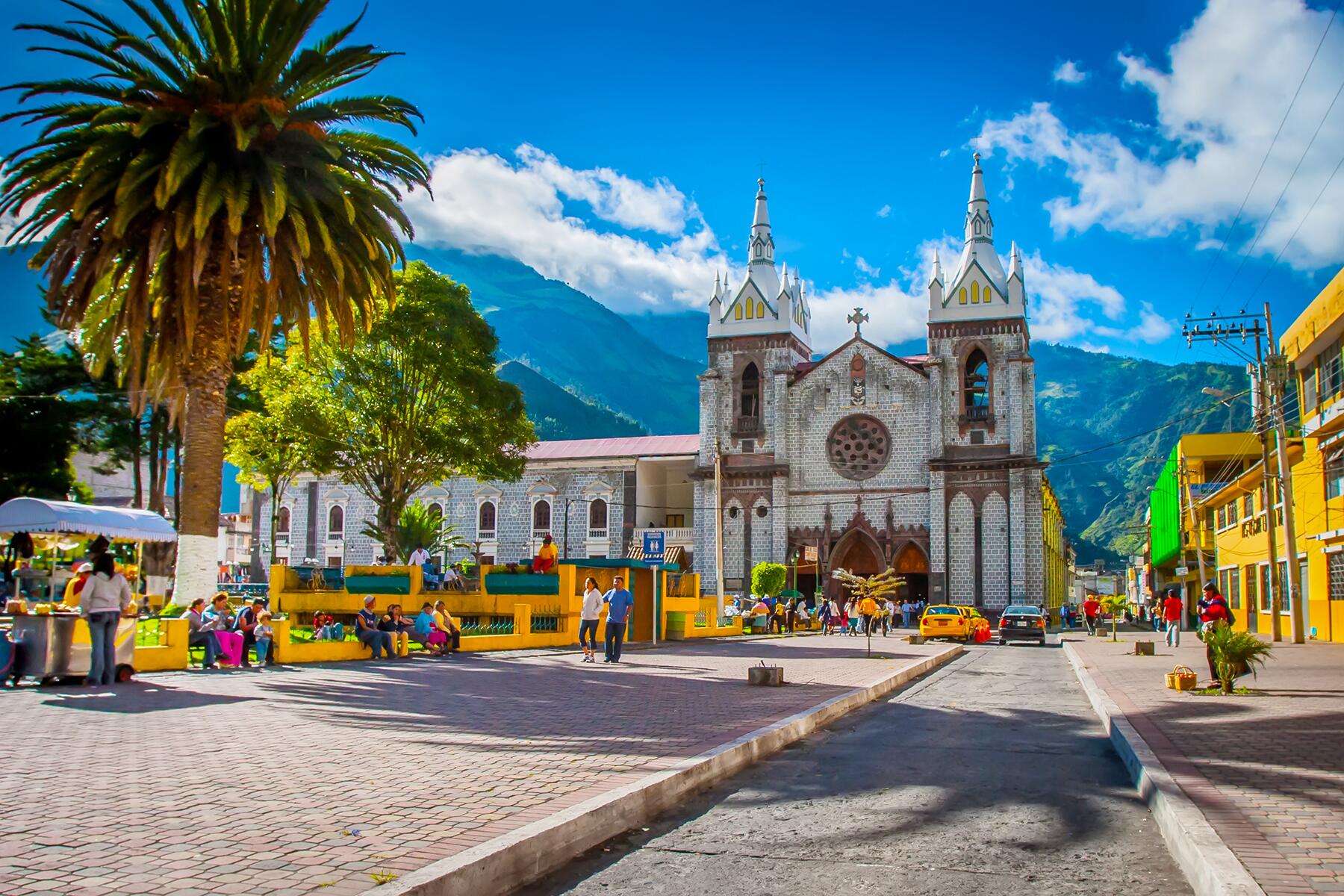The Northern Highlands
The Northern Highlands
When the Spanish conquered the territory north of Quito, they introduced sheep to the region. Over time the mountain-dwellers became expert wool weavers and dyers; even today some craftspeople painstakingly collect and prepare their own natural dyes despite the increasing popularity of modern synthetic colors. Many small weaving villages dot the green-and-gold highland valleys, and every weekend artisans make the trek to the colorful market in Otavalo, the largest and most prosperous of these crafts towns. Otavalo's Plaza de Ponchos and adjacent streets bustle each Saturday, with merchants selling weavings, rugs, sweaters, jewelry, and handicrafts. Smaller villages—such as Cotacachi (famous for its leather) and San Antonio de Ibarra (known for its woodwork)—host their own markets, thoug...
Read MoreWhen the Spanish conquered the territory north of Quito, they introduced sheep to the region. Over time the mountain-dwellers became expert wool weavers and dyers; even today some craftspeople painstakingly collect and prepare their own natural dyes despite the increasing popularity of modern synthetic colors. Many small weaving villages dot the green-and-gold highland valleys, and every weekend artisans make the trek to the colorful market in Otavalo, the largest and most prosperous of these crafts towns. Otavalo's Plaza de Ponchos and adjacent streets bustle each Saturday, with merchants selling weavings, rugs, sweaters, jewelry, and handicrafts. Smaller villages—such as Cotacachi (famous for its leather) and San Antonio de Ibarra (known for its woodwork)—host their own markets, though none on such a grand scale as Otavalo's.






